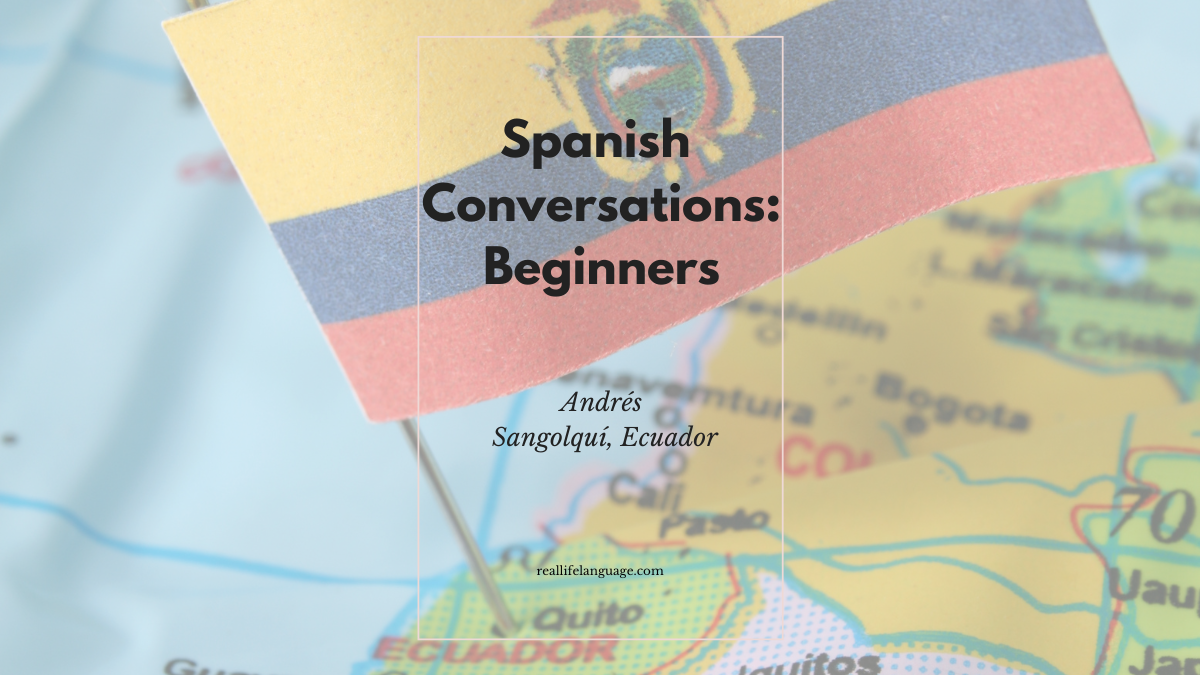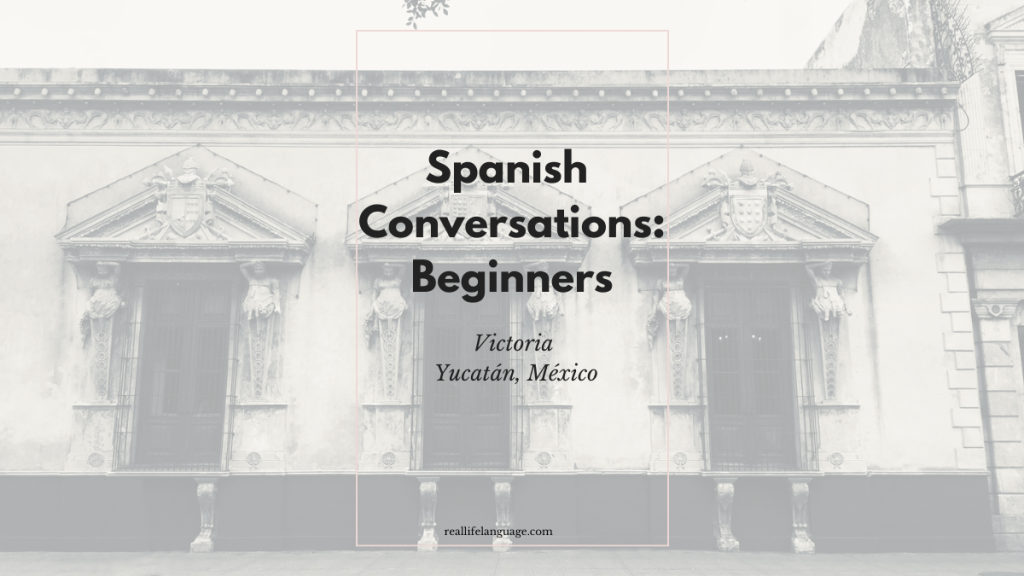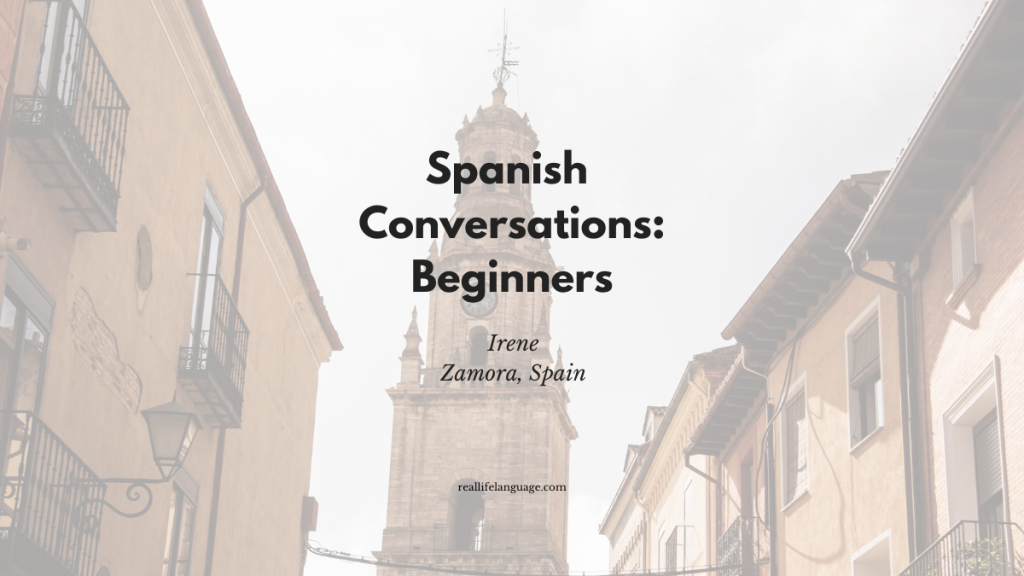
This article, based on a casual conversation, is designed to help beginners learn Spanish through example. The interview follows Andrés, a 32-year-old teacher from Sangolquí, Ecuador, who talks about family, daily routine, hobbies and cultural details. Read on to pick up practical phrases, useful vocabulary and simple tips to learn Spanish in everyday situations.
Outline
- Introduction to Andrés
- Useful beginner questions and responses
- Daily routines and common verbs
- Family, home and small-talk vocabulary
- Food, culture and regional words
- Sports, hobbies and anecdote
- Practical practice tips to learn Spanish
Meet Andrés: short profile
Andrés is from Sangolquí, Ecuador. He is 32 years old, lives in a small apartment, and has a grey cat named Ploma. He works as a Spanish teacher for foreigners, speaks intermediate-advanced English, and is learning Hungarian. He describes himself as somewhat introverted but also a little extroverted, and physically slim and shorter than his brothers.
Key beginner phrases you hear in the interview
- ¿Cómo te llamas? — What is your name? (Answer: Me llamo Andrés.)
- ¿De dónde eres? — Where are you from? (Answer: Soy de Sangolquí, Ecuador.)
- ¿Cuántos años tienes? — How old are you? (Answer: Tengo 32 años.)
- Vivo en… — I live in…
- Tengo + family words — I have (e.g., Tengo dos hermanos.)
Daily routine: verbs and expressions
The conversation includes a clear daily routine that beginners can model and rehearse. Useful verbs and expressions:
- despertarse — to wake up (Andrés wakes up at 6:00)
- quedarse en la cama — to stay in bed
- levantarse (me levanto a las 7) — to get up
- desayunar — to have breakfast
- dar de comer — to feed (da el desayuno a su gata)
- caminar — to walk (walks in the park about an hour)
- empezar las clases — to start classes
Mini practice dialogue (beginner)
- ¿A qué hora te despiertas? — Me despierto a las seis.
- ¿Qué haces después? — Me quedo en la cama y después desayuno.
- ¿Vas al parque? — Sí, camino una hora en el parque.
Family, house and city vocabulary
Some useful words and phrases from the talk about family and home:
- la familia — the family
- hermano / hermana — brother / sister
- mamá — mom
- departamento — apartment
- cuarto — room
- sala — living room
- centro histórico — historic centre
- montañas, ríos, cascadas — mountains, rivers, waterfalls
“La gata es de color plomo, se llama Ploma.”
Note: Andrés mentions a regional usage: in Ecuador the color grey can be called plomo (masculine) or ploma (feminine) when referring to objects or animals — a useful cultural detail to remember.
Shopping and local words
Beginner learners should know the difference between large supermarkets and small corner stores:
- supermercado — supermarket
- tienda / tienda de abarrotes — corner shop / grocery store
- caminar a la tienda — walk to the shop
Andrés explains half his shopping is at the supermarket and half at small stores (“tienda”), a typical pattern in many Latin American towns.
Food and culture: what to expect
General notes about Ecuadorian food mentioned in the conversation:
- Common staples: rice (arroz), potatoes (papas), and corn (maíz).
- Widespread use of chicken (pollo) and beef (carne de vaca).
- Regional dishes vary — there is not one single “typical” national dish; it depends on the region.
Sports, hobbies and a useful anecdote
Andrés prefers walking and calisthenics rather than organised team sports. He shares a cautionary story: while casually playing football as goalkeeper during a friend outing he injured his arm and dislocated a bone — a reminder to be careful when playing unfamiliar sports.
Hobbies vocabulary
- caminar — to walk
- escuchar podcasts — listen to podcasts
- calistenia — calisthenics (bodyweight exercise)
- voluntariado — volunteering (teaches English on Saturdays)
Practical tips to learn Spanish
Based on Andrés’s habits, here are beginner-friendly strategies to learn Spanish:
- Listen while you walk: short podcasts or dialogues help build comprehension gradually.
- Use daily routine phrases: practice saying when you wake, eat, and work — repetition builds confidence.
- Practice small talk: ask “¿Cómo te llamas?”, “¿De dónde eres?”, “¿Qué haces los fines de semana?” with classmates or language partners.
- Volunteer or join local groups: speaking with native speakers is one of the fastest ways to improve.
- Learn regional words: know that some words vary by country (e.g., “plomo/ploma”, “tienda”).
Quick beginner vocabulary cheat-sheet
- Me llamo… — My name is…
- Soy de… — I am from…
- Tengo X años — I am X years old
- Vivo en… — I live in…
- Trabajo como… — I work as…
- ¿Juegas algún deporte? — Do you play any sport?
Conclusion
This conversation is a friendly, realistic resource for anyone who wants to learn Spanish through everyday topics: introductions, routines, family, food and small talk. Use the phrases above to build short dialogues, practise aloud, and integrate listening into daily life — like Andrés, who pairs walking with podcasts. Small, consistent steps help learners progress steadily.
To explore more everyday Spanish conversations and practice material, look for similar interviews and try recreating the dialogues in real conversations.
100s of videos to learn Spanish:
https://real-life-language.kit.com/b1531a6404
Learn Spanish with Everyday Conversations: Andrés from Ecuador

